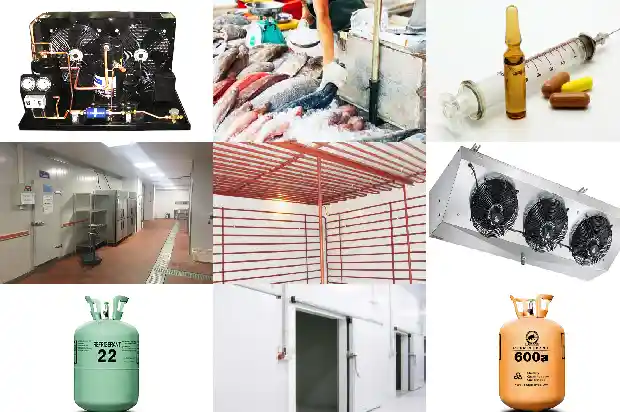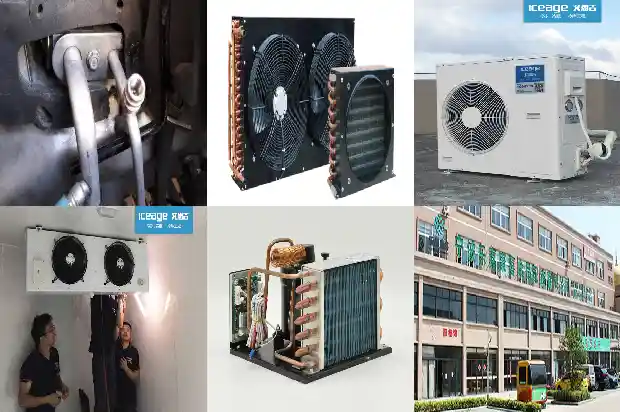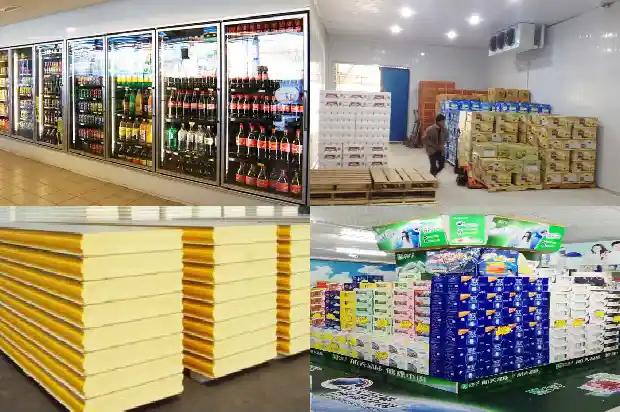Common Operating Faults and Treatment Methods of Centrifugal Compressors
2024-10-06
Centrifugal air compressor is a kind of high-speed rotating equipment commonly used in chemical production. Through high-speed rotation, centrifugal force is generated, making the gas expand and flow in the impeller of the air compressor. The flow rate and pressure of the gas flowing out of the impeller are correspondingly increased, thereby realizing compressed air.
- Sudden drop in oil pressure
The sudden drop in the oil pressure of the compressor is relatively complicated in cause and is closely related to the internal components of the unit. Dealing with this fault depends on the actual situation.
In general, the drop in oil pressure is related to the lubrication system oil pipes such as oil pumps and oil pipes. Dealing with this fault requires pressure testing and handling.
For example, when the oil pump fails and the pressure is reduced, the oil pump should be inspected in time to find out the cause of the failure; when the fault is related to the oil pipe, the fault is caused by leakage due to pipe rupture. The specific measure is to replace the new oil pipe.
- Decrease in gas outlet flow
The main reason for the decrease in gas outlet flow lies in filters and sealing devices. Improper control of these two components will reduce the gas flow and affect the normal function of compressor equipment.
Troubleshooting methods:
First, the reduction in inhalation volume caused by the blockage of the gas filter is the main reason for the failure of the filter. The fault can be eliminated by cleaning the gas filter.
Second, the reason for the failure of the sealing device is that the sealing gap is too large, causing leakage. The best solution is to replace the seal or adjust it according to the regulations.
- Excessive temperature at the outlet of the cooler
The temperature at the outlet of the gas cooler is greater than 60 °C. The occurrence of this fault is related to the cooling water volume of the cooler, its cooling tube, flow rate, and the fit between the tube plate and the tube.
For example, if the fit between the tube plate and the tube is loose or the cooling tube is broken, the temperature at the outlet of the gas cooler cannot be maintained and it exceeds the allowable range; the high operating pressure of the compressor increases the wear of the components and causes a significant temperature rise.
Specific treatment measures include tightening the loose tube with a tube expander, or plugging both ends of the damaged tube and cleaning the core of the cooler. - Excessive bearing temperature
The bearing is the core component of centrifugal compressor operation faults and determines the operating efficiency of the entire equipment.
Excessive bearing temperature is a relatively common fault in compressor operation.
Main manifestations of temperature faults: The aperture of the throttle ring at the oil inlet of the bearing is too small and the oil inflow is insufficient; the oil pressure of the lubrication system drops or the oil filter is blocked, and the oil inflow is reduced; the cooling water volume of the oil cooler is insufficient and the oil inlet temperature is too high.
According to these fault phenomena, in the actual processing process, it is necessary to overhaul the lubrication system oil pump, oil pipe or clean the oil filter; adjust the inlet water volume of the cooling water of the oil cooler; if the aperture of the throttle ring at the oil inlet of the bearing is too small and the oil inflow is insufficient, appropriately increase the aperture of the throttle ring; overhaul the oil cooler, eliminate water leakage faults or replace with new oil. - Excessive bearing vibration
Vibration load increases the bearing amplitude of the bearing and causes the failure loss of the structure of the centrifugal air compressor, which is very harmful to the damage of parts.
Fault manifestations of excessive bearing vibration load: The dynamic balance accuracy of the rotor or the large and small gears of the speed increaser is destroyed; the interference between the bearing cap and the back of the bearing bush is too small; the gear meshing is poor, the gear is severely worn or damaged.
For this kind of fault handling, the main methods are to recalibrate the dynamic balance; scrape the horizontal parting surface of the bearing cap or grind the adjusting gasket to ensure an interference of 0.02-0.06mm; check the gear wear situation and recalibrate the non-parallelism, center distance and meshing area between the large and small gears to meet the requirements.
Related Articles
- Operating Principle and Standard Installation Steps of Multi - split Systems in Refrigerant Air - conditioning Systems
- Basic Faults and Preventive Maintenance of Water - cooled Units
- Composition and Common Faults of Screw Refrigeration Compressors
- Common Faults and Solutions of Central Air - conditioning Chiller Units
- Common Faults of Industrial Chillers
- Common Faults and Corresponding Solutions of Chillers During Use
- Analysis and Troubleshooting of Common Faults in Air - source Heat Pumps
- Maintenance Methods for Faults in Screw Refrigeration Air - conditioner Compressors
- Common Faults and Troubleshooting Methods of the Moving Mechanism of Piston Compressors
- Analysis of Common Faults in Compressor Overcurrent and Burnout
- What are the reasons for the inactivity of the automotive air conditioning compressor? What are the common faults?
- Common Faults of HVAC Fan Coil Units
- Common Four Faults and Replacement Methods of Scroll Compressor
- Analysis of Refrigeration Compressor Motor Faults
- Analysis and Treatment of Common Low-Pressure Faults in Chillers
- Analysis and Treatment of Common Low Pressure Faults in Chillers
- Common faults in refrigeration system (discharge temperature and pressure)
- Common Faults of Screw Compressor
